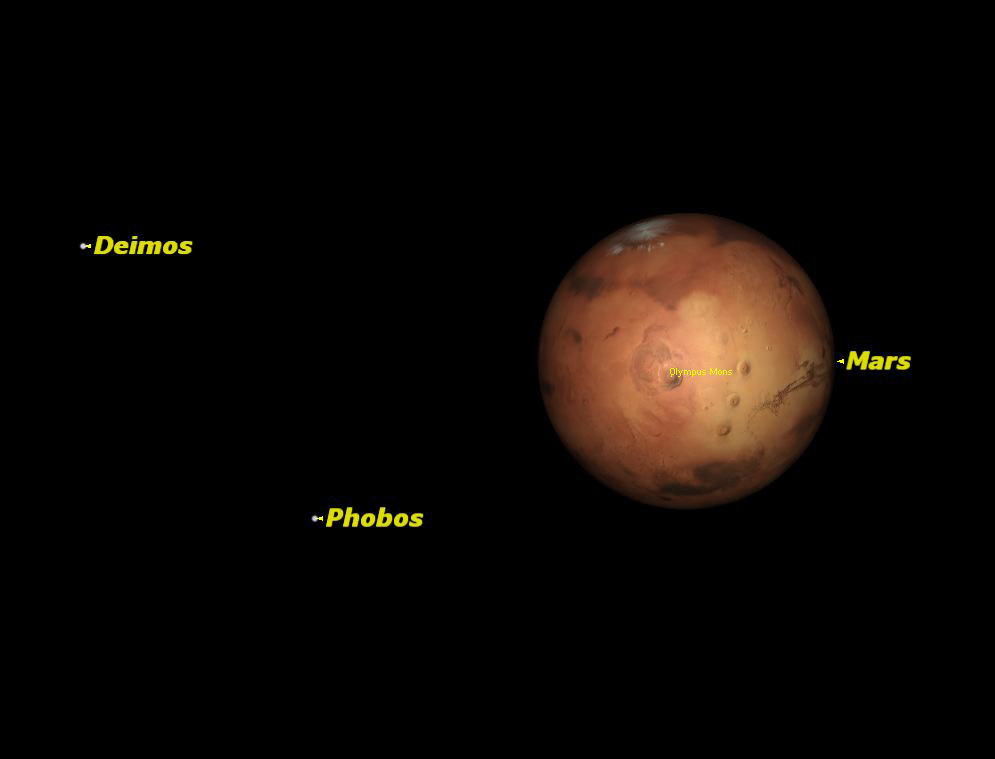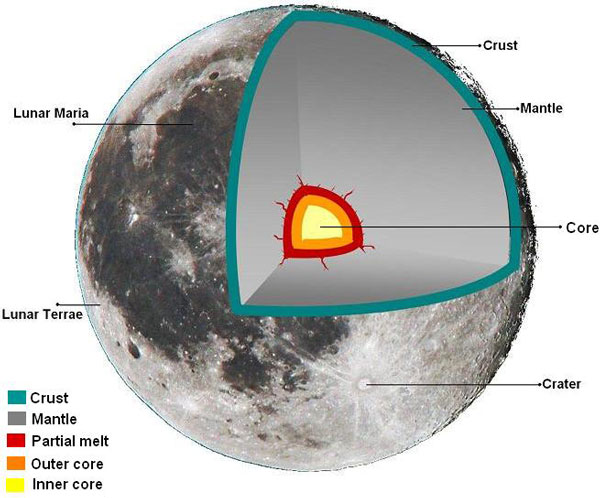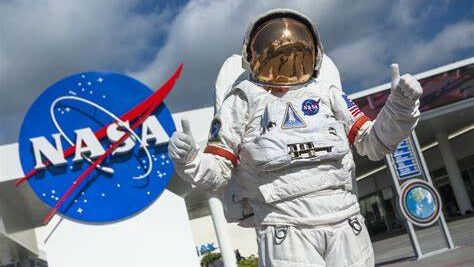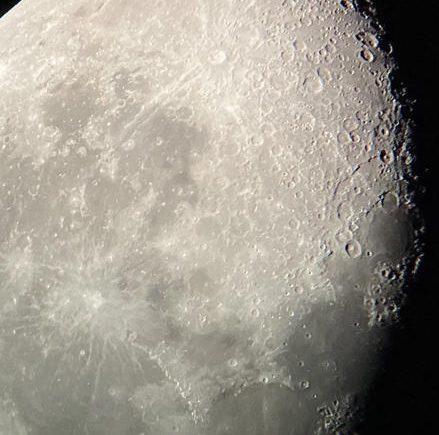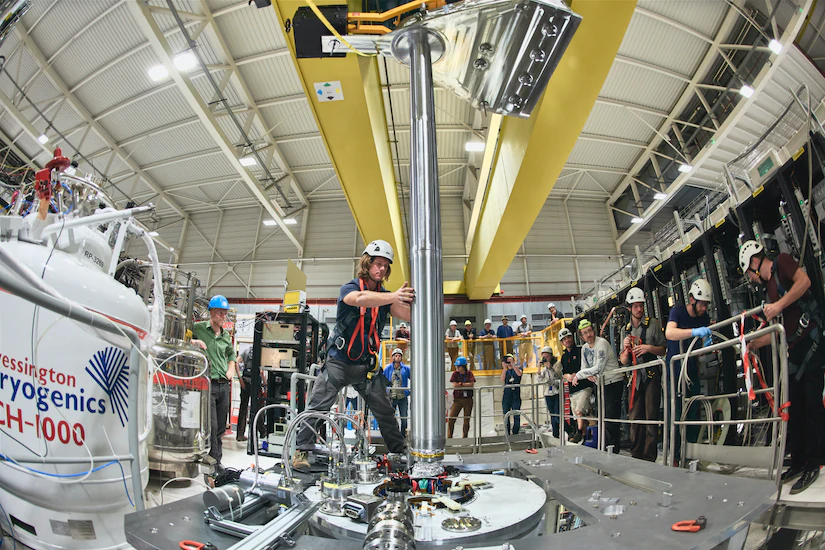Posted inAstronomy
NASA unveils two new white papers on Moon to Mars architecture
NASA unveils two new white papers on Moon to Mars architecture that provide an in-depth look into the future of lunar exploration. These documents emphasize the significance of mobility for successful human and robotic missions on the Moon, especially focusing on the lunar South Pole region. NASA's innovative plans underscore the importance of transporting cargo and logistics efficiently to maximize exploration returns.
Advancing Lunar Surface Operations
NASA's Moon to Mars Architecture Definition Document (ADD) lays out the blueprint for achieving human lunar exploration objectives. The document breaks down the necessary tasks into use cases and functions, ensuring a systematic approach to addressing lunar exploration needs. Recent studies highlight the critical role of integrated surface operations, specifically the movement of cargo from delivery points to utilization sites.
The 2023 "Lunar Logistics Drivers and Needs" white paper discusses the various types of cargo, from crew logistics and consumables to science and technology demonstrations. It stresses the need for mobility elements that support the deployment of cargo near other surface infrastructure. While current mobility elements like the Lunar Terrain Vehicle (LTV) and Pressurized Rover (PR) primarily cater to crew transportation, there is a clear demand for enhanced cargo mobility capabilities.
Planned robotic missions under the Commercial Lunar Payload Services (CLPS) program offer small-scale mobility, but larger-scale integrated cargo mobility is crucial for future architecture and system studies. The transportation of cargo must be timely and precise, considering factors like science objectives, lighting conditions, and safety considerations.
Addressing Mobility Challenges and Technological Needs
One of the largest drivers of mobility needs on the lunar surface is the efficient movement of cargo from landing sites to points of use. Several factors necessitate this separation, including lander shadowing, blast ejecta constraints, and optimal habitat zones. Relocation distances can range from tens of meters to several kilometers, necessitating robust mobility capabilities.
Current mobility elements are limited in their capacity, with existing systems capable of transporting up to 1,500 kg of cargo. However, future exploration missions may require moving cargo ranging from 500 kg to 15,000 kg over distances of up to 5,000 meters. This gap in mobility capacity highlights the need for additional systems capable of handling larger loads and traversing complex lunar terrains.
Technological development for lunar mobility systems must consider energy demands, surface conditions, control paradigms, and terramechanics. The interaction between wheeled or tracked vehicles and lunar regolith, particularly the impact on system durability, poses significant challenges. Strategies for mitigating regolith wear and ensuring the longevity of autonomous mobility systems are crucial for sustained operations.
The development of autonomous or semi-autonomous mobility systems is vital for effective lunar exploration. These systems need to support mass relocation, interoperability, and autonomous capabilities. Shared standards for robotic interfaces would enhance mission planning and execution, allowing for better staging of cargo and assets prior to crew arrival.
Optimizing Lunar Exploration Through Mobility
Mobility systems on the lunar surface must address the diverse needs of cargo transportation, from small-scale science demonstrations to large-scale infrastructure deployment. The integration of these systems into the Moon to Mars Architecture will play a pivotal role in supporting human and robotic missions.
The Foundational Exploration segment of the Moon to Mars Architecture highlights the wide range of potential mobility needs. From supporting four crew members for 30 days to deploying additional science and technology elements, the demand for efficient cargo movement is clear. Current studies indicate a significant mismatch between existing mobility capabilities and the demands of future missions, necessitating advancements in mobility technology and system development.
By providing capabilities for elements to move independently or through integrated systems, NASA aims to overcome the challenges posed by lunar surface operations. These advancements will ensure that exploration missions can be conducted effectively, maximizing the scientific and strategic returns from lunar exploration.
